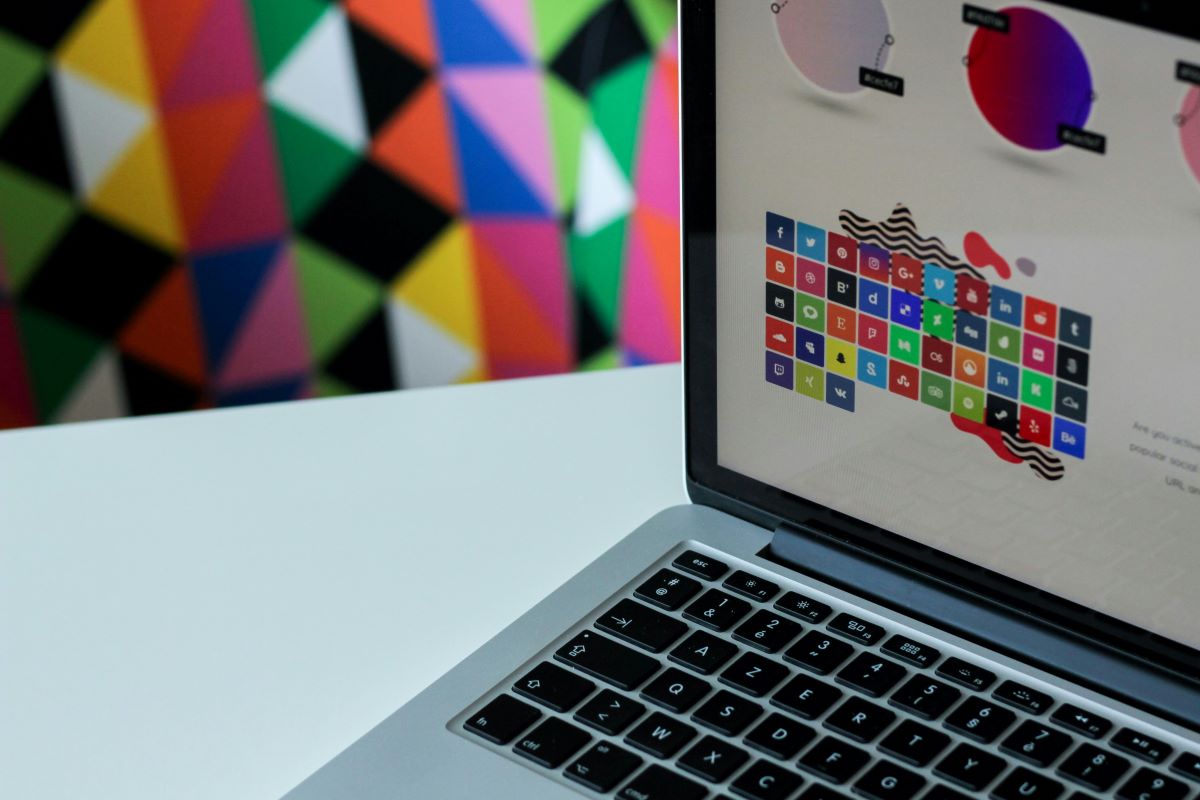4 UX/UI Trends Reshaping the B2C Customer Experience
In today’s consumer-first digital landscape, business-to-consumer (B2C) companies are constantly evolving to meet rising customer expectations. As users interact with brands across multiple digital platforms, UX/UI design has become the linchpin for building trust, driving engagement, and increasing conversion. Modern consumers don’t just want visually appealing websites or mobile apps—they expect intuitive experiences that feel personalized, fast, and frictionless.
To stay competitive, companies must understand how emerging trends in user experience (UX) and user interface (UI) design are changing the game. Whether it’s predictive design, immersive storytelling, or streamlined interfaces, B2C brands that invest in the right UX/UI strategies are winning customer loyalty and standing out in crowded marketplaces. Below, we explore four transformative UX/UI trends that are reshaping the B2C customer experience in 2025 and beyond.
1. Personalized UX Through AI and Behavioral Data
Consumers crave experiences tailored to their preferences, and artificial intelligence (AI) is helping brands deliver just that. From customized homepage layouts to product recommendations and even predictive search suggestions, personalization has become a cornerstone of user-centered design. AI-powered platforms analyze behavioral data—like past purchases, click paths, or time spent on pages—to dynamically update interfaces and content in real time. This not only increases user satisfaction but also boosts conversion rates.
In a B2C context, personalization goes beyond just greeting users by name. Today’s leading brands are using machine learning models to adapt UI layouts, suggest content, and predict what users need next before they even ask. Netflix, Spotify, and Amazon are prime examples—offering interfaces that reflect an individual’s habits and choices. For UX/UI designers, this means building adaptable systems that are flexible enough to accommodate dynamic inputs while maintaining usability and clarity.
2. Microinteractions That Guide and Delight Users
Microinteractions—subtle design elements like animated button responses, progress indicators, or confirmation messages—play a huge role in improving the customer journey. These small design features offer visual feedback, reduce user uncertainty, and create a sense of delight throughout the experience. For example, a heart icon that pulses when you like a product or a swipe animation that confirms a completed action can enhance both functionality and emotional engagement.
In B2C interfaces, microinteractions help guide users intuitively through complex tasks. They also make digital experiences feel more human and less transactional. These tiny touches are often overlooked, but they’re powerful tools for keeping users engaged and reinforcing brand identity. As attention spans shrink and digital fatigue grows, microinteractions are proving essential to creating responsive and satisfying interfaces that stand out.
3. Voice and Gesture-Driven Interfaces
With the rise of smart speakers, voice assistants, and wearable devices, UX/UI is shifting away from traditional tap-and-click interfaces toward more natural, intuitive interactions. Voice user interfaces (VUIs) allow users to navigate apps, search products, and even complete purchases hands-free. In parallel, gesture-based controls—like swiping, pinching, or tapping in AR/VR environments—are becoming increasingly common in mobile apps and gaming platforms.
This trend has major implications for B2C businesses aiming to improve accessibility and convenience. For example, a customer browsing products on a cooking app can now ask a voice assistant for ingredient lists or use hand gestures to scroll through a recipe in AR. Designing for voice and gesture means rethinking UX architecture to accommodate conversational flows, simplified commands, and error recovery. These interfaces offer smoother, more immersive experiences that adapt to users’ evolving expectations.
4. Immersive Design with AR and Motion Graphics
Consumers are no longer content with static, one-dimensional interfaces. Augmented reality (AR) and motion graphics are pushing digital experiences into a new era of immersion and interaction. B2C brands are using AR to let customers visualize furniture in their homes, try on makeup virtually, or tour hotel rooms before booking. These experiences blur the line between the physical and digital worlds, empowering users to explore products and services more confidently.
Motion graphics—subtle animations, transitions, and visual storytelling—also enhance user engagement by guiding attention and breaking down complex information. These visual cues help reduce cognitive load, making content easier to understand and more enjoyable to explore. As mobile devices become more powerful and web standards evolve, designers have more tools than ever to create rich, immersive experiences that captivate users and drive action.
Ready to Redesign the Customer Experience?
As B2C expectations evolve, UX/UI design is no longer a "nice to have"—it's a business necessity. The trends outlined above—AI-powered personalization, microinteractions, natural interfaces, and immersive visuals—are redefining how consumers experience digital products. Companies that embrace these trends are not only improving satisfaction and loyalty but also creating brand experiences that truly resonate with modern users.
WorkForce Institute is an asset for industry leaders looking to future-proof their skills or organizations. Our accelerated UX/UI bootcamp equips students with hands-on training in modern UX/UI best practices, from user research to responsive design, AR/VR integration, and AI-enabled experiences. Whether you're upskilling your team or reskilling for a new career, this program helps you design customer experiences that stand out in today’s competitive market.


